French Limestone in Heritage Buildings
Back in the days of William the Conqueror and the Norman Conquest, French limestone made its way into the UK to create some of the greatest buildings in the country. Their legacy is alive today.
For centuries now, French limestone has been brought over the channel to repair and renovate these heritage monuments as well as to construct new buildings.
The cathedrals at York Minster, Westminster Abbey, Chichester, Canterbury, Durham, Gloucester, Lincoln and others have all used French stone as well as some iconic monuments such as the Tower of London, Buckingham Palace and even Eton College. French limestone has a very strong pedigree here in the UK and around the world.
One recent delivery of stone went to Canterbury Cathedral for its ongoing maintenance work. This was one of many lorry loads to have come from the Lavoux quarry in south west France delivered to Canterbury over the last few years.
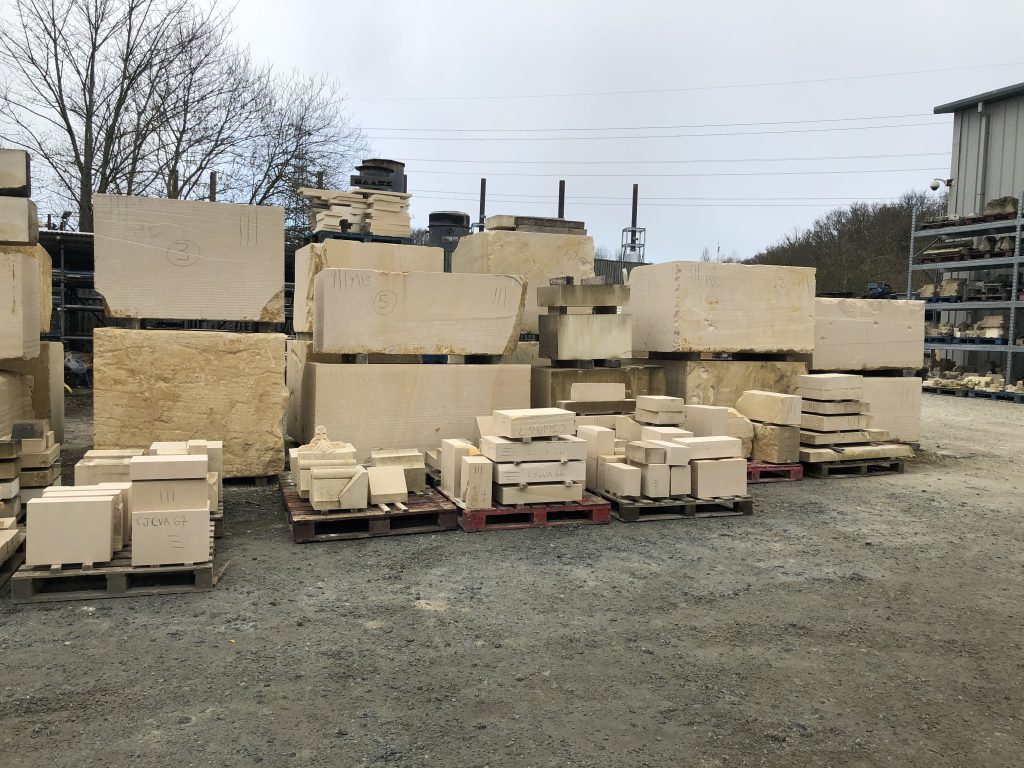
The stone used originally came from the quarry near Caen in Normandy. But now, for the quantity needed by the stonemasons at Canterbury, the stone from the Caen quarry had become too unreliable. The bed height of the Caen Banc Ferme was too low to be of much use for structural work and the more plentiful stone in the Caen Demi Ferme bed was not strong enough for the job.
An alternative stone was found that was similar in character, both aesthetically and technically, to the better bed of Caen Banc Ferme. This replacement limestone came from the upper bed of the Lavoux quarry. This bed, or “bench” is known as “Lavoux à Grain”. The lower bed in the Lavoux quarry is known as “Lavoux Fin” and this latter one is considered to be one of the best carving stones in the world – but more about the Fin another time.
You might not have heard the name of Lavoux but, if you are in the heritage stone industry, you might already know it as “Lépine”. It is the same stone. The previous owners of the quarry marketed the stone as Lépine but they didn’t always separately identify the two benches. They have slightly different characteristics so the new owners decided to offer them as separate products.
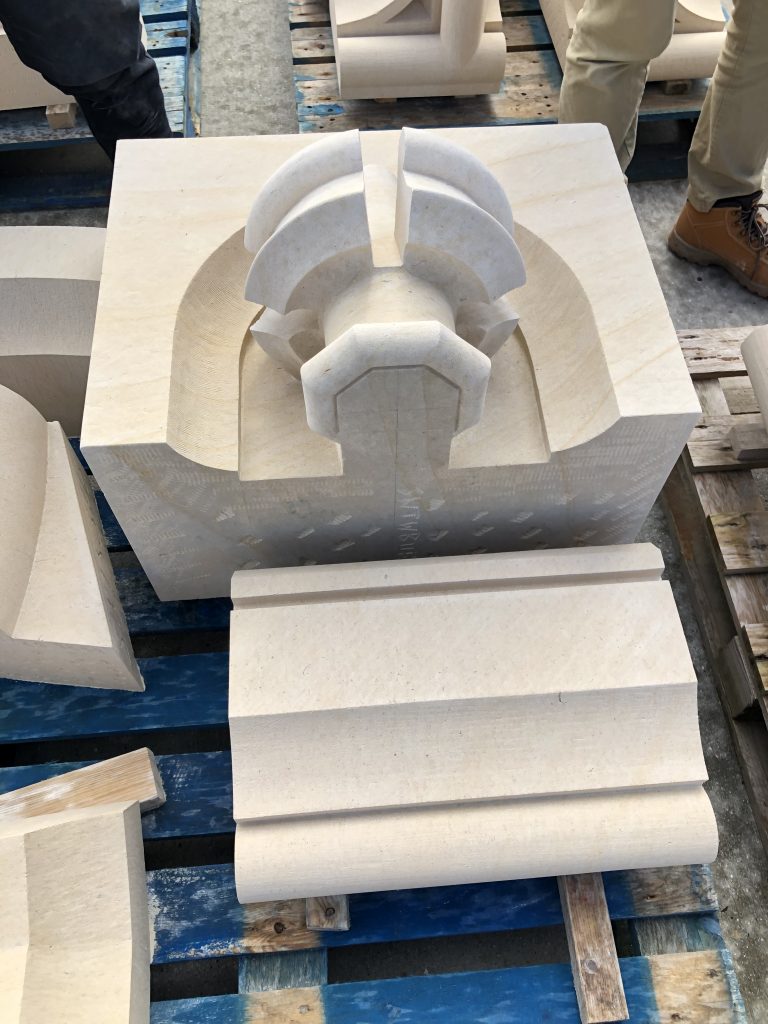
The masons in the workshop at Canterbury are transforming raw blocks of Lavoux à Grain into these beautiful works of art that will mostly sit high on the cathedral where only a lucky few will ever see them close up.
The raw blocks are delivered by lorry direct from the quarry near Poitiers in the Vienne region of France to the cathedral’s workshop on the outskirts of Canterbury. They are cut to the required size on the block cutter (seen in the background of this photo) before being fashioned into the finished piece.
All the work is done by hand in the traditional way and nothing is mechanised or carved by computer controlled robots. The transformation from the raw block that left the quarry to the complicated shape that fits perfectly into the renovation of the ancient building is completely awe inspiring.
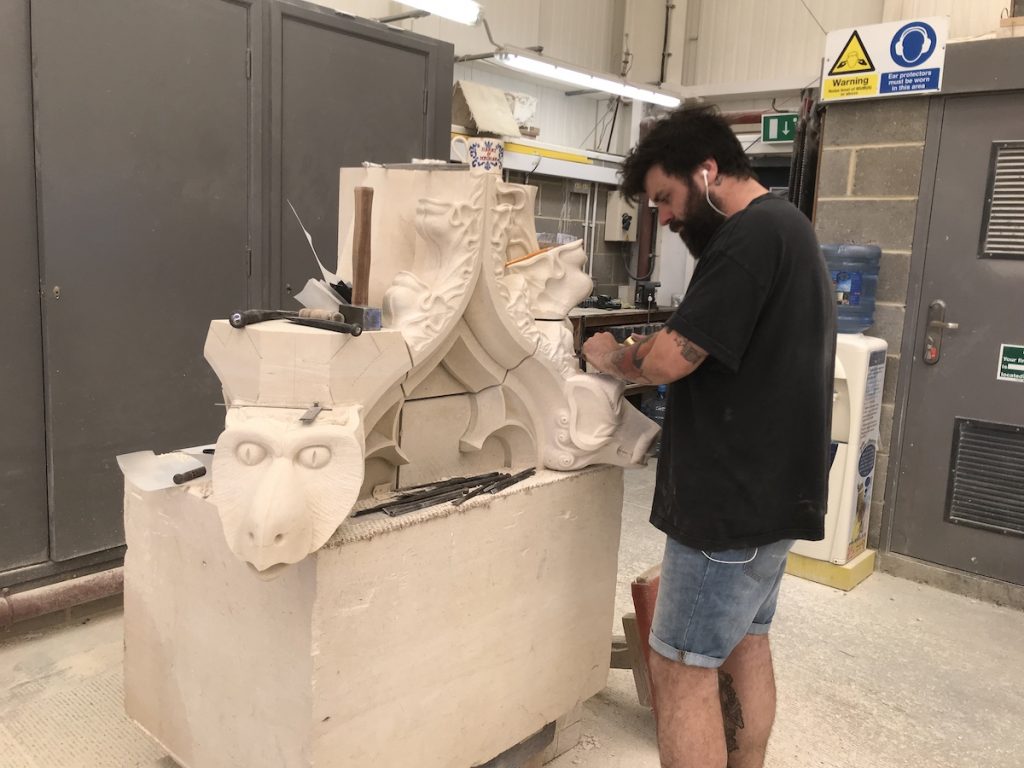
A visit to the cathedral is worthwhile for many reasons. The 11th Century stained glass windows are worth the trip alone. The impact this building had on British and European history is also notable but, for me, the highlight of any visit would be to take a close look at the craft of the stonemason.
We keep samples of the Lavoux and most French limestones, marbles and granites at our samples showroom in Arborfield, near Reading, Berkshire in the UK. Please call, email or leave a message on the form at the bottom of this page if you’d like to visit the showroom or receive samples.
Thanks for reading and we look forward to hearing from you.
Steve Turner
Pierre Heritage GB
Tel: 0118 391 4804
steve@pierreheritage.co.uk
Showroom address:
Pudding Lane Nursery
Reading Road
Arborfield
RG2 9HP
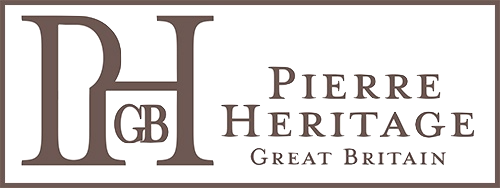
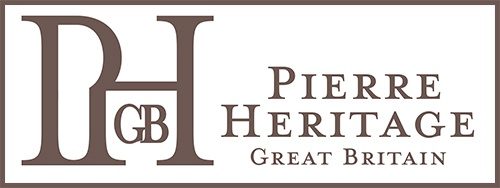
No responses yet